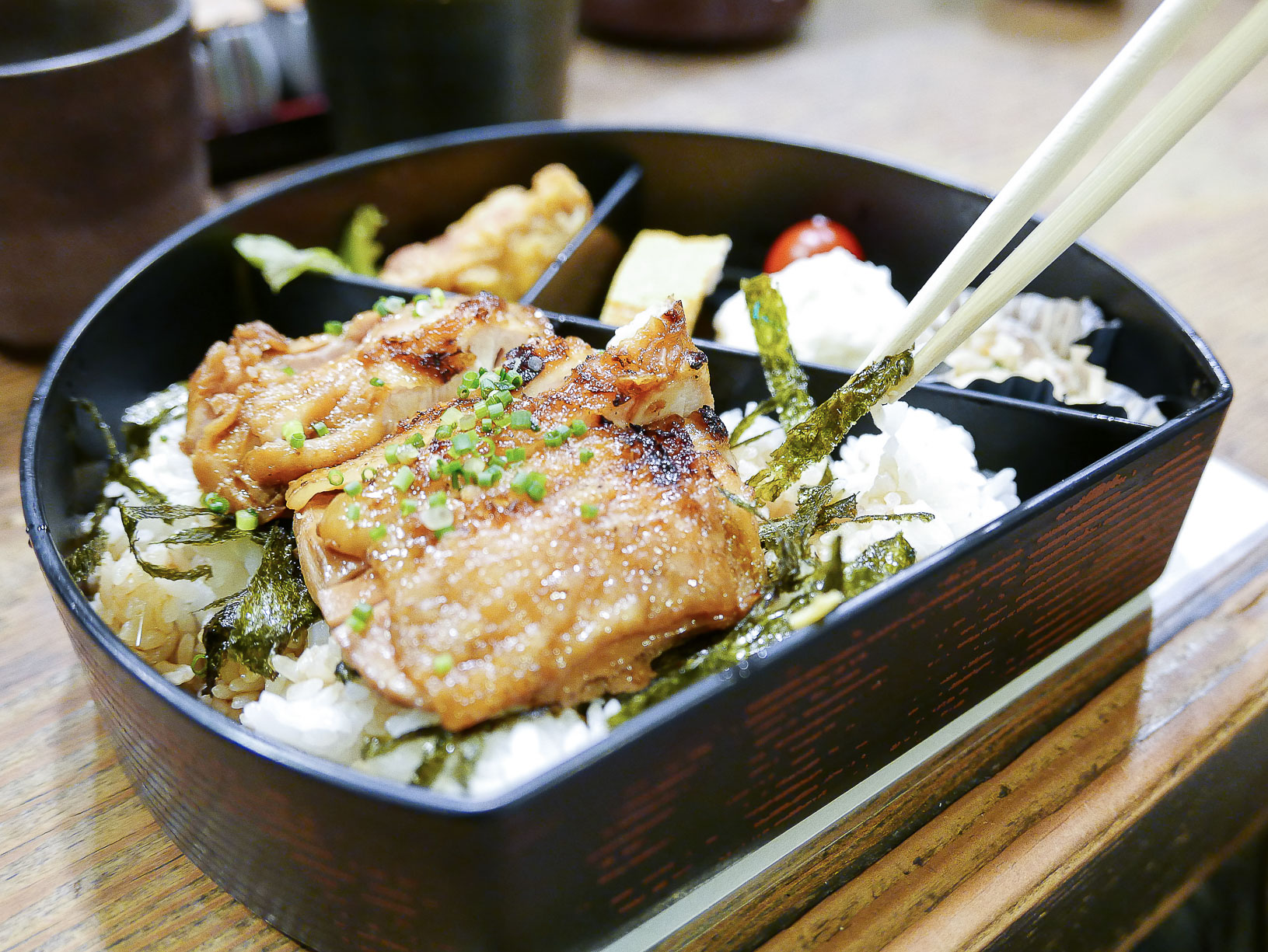Japan: Between Stillness and Storm
While many are drawn to neon Tokyo or iconic Mt. Fuji, Japan’s real wonder lies in its balance: between tradition and modernity, nature and design, restraint and expression. Here, a medieval castle reflects in a quiet moat while bullet trains slice through centuries of ritual.
Our journey start in the Prefecture of Nagano. Nestled in the Japanese Alps, Matsumoto feels like a secret held by the mountains. Its crown jewel, the imposing Crow Castle, stands untouched by time, one of Japan’s last original fortresses, with dark wooden walls that once watched over real samurai.
Wander the narrow streets of Nakamachi, where white-walled merchant homes now host artisan shops and soba restaurants.
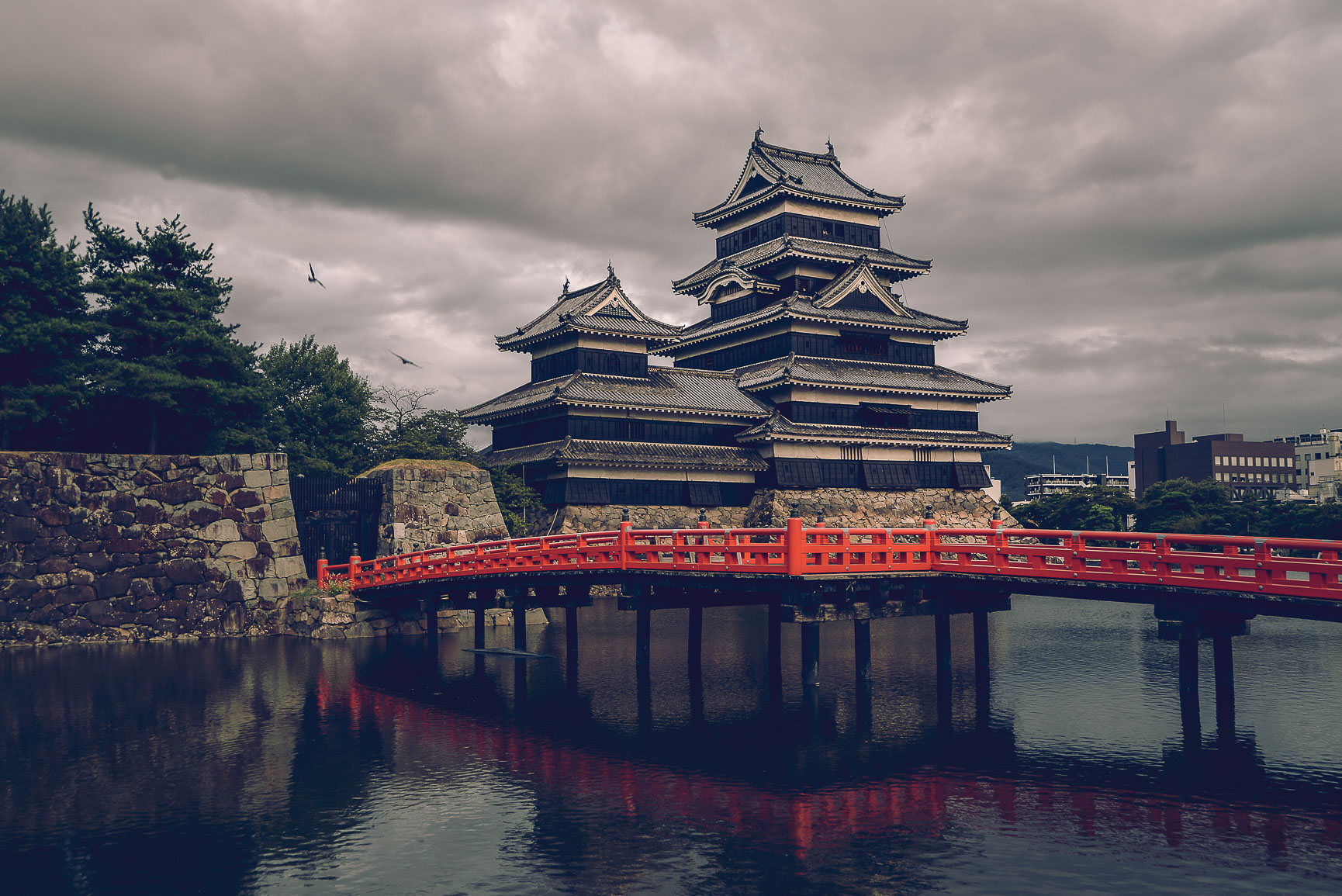
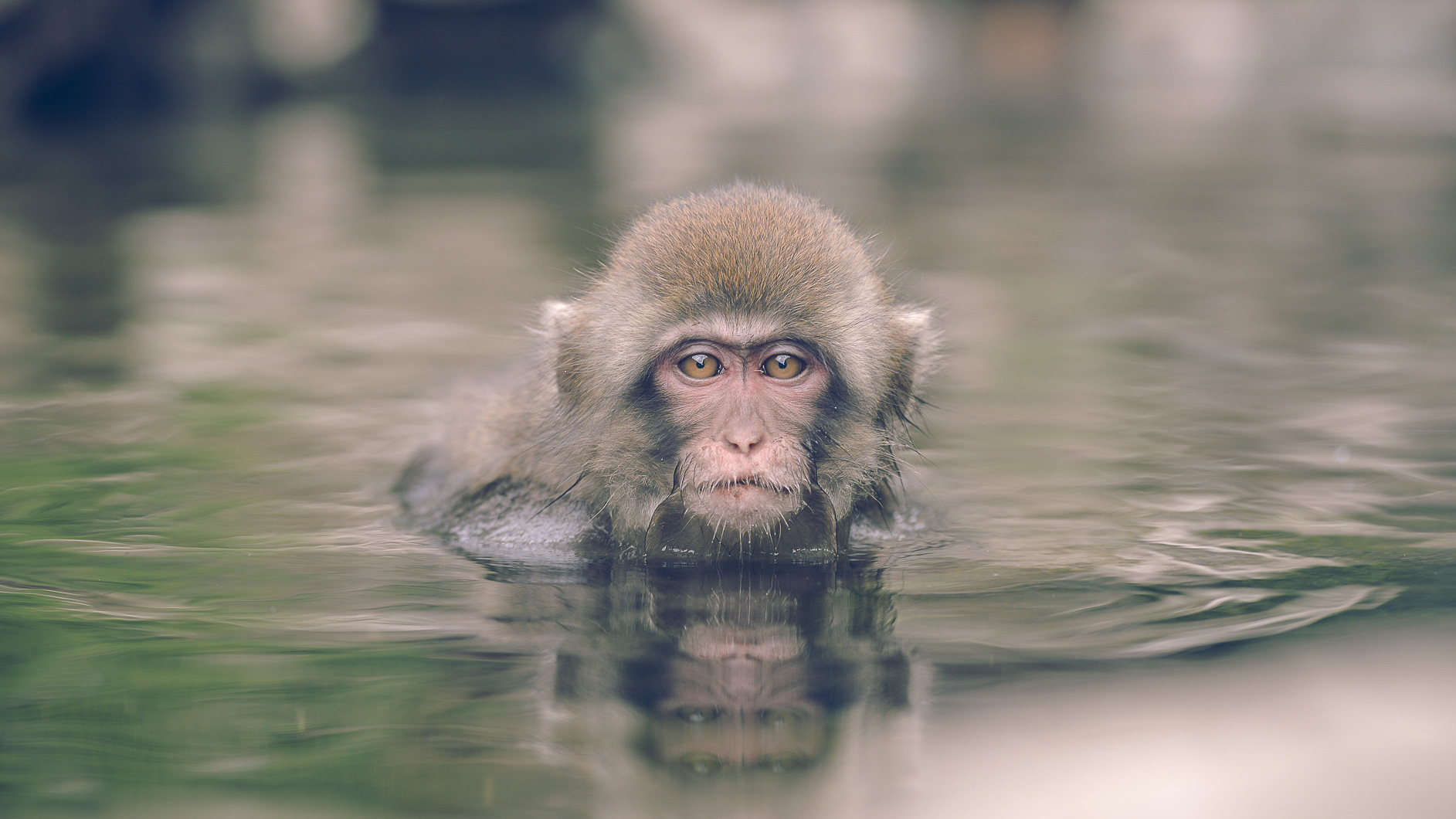
Nagano prefecture
Hike the Japanese Alps
Beyond the town, alpine trails in Kamikōchi invite quiet hikes, crystal-clear rivers, and moments of pure stillness.
This is where Japan slows down, where history, nature, and spirit meet.
Don’t miss the hot spring-loving snow monkeys near Yudanaka Onsen. A short journey from the onsen brings you to Jigokudani Monkey Park, where Japanese macaques descend from the forested cliffs to warm up in steaming pools during the icy winter. Watching them bathe, calm, social, almost meditative, feels like witnessing a slice of nature both wild and wise.
Nakasendo merchant trail
One of Japan’s most scenic and historical walks, the Tsumago to Magome trail lets you step into the Edo period on foot. This 9-kilometer stretch of the old Nakasendō, once used by samurai and merchants, winds through forests of towering cypress, past waterfalls, thatched roof teahouses, and quiet mountain hamlets.
It takes about three hours at a gentle pace, with signposts in English and friendly locals along the way. You’ll pass rice paddies, mossy shrines, and the steady hum of nature, more than a hike, it’s a mindful journey through Japan’s living heritage.
Start in Tsumago, one of the best-preserved post towns, and finish in Magome, where cobblestone streets and wooden inns offer the perfect reward for your effort.
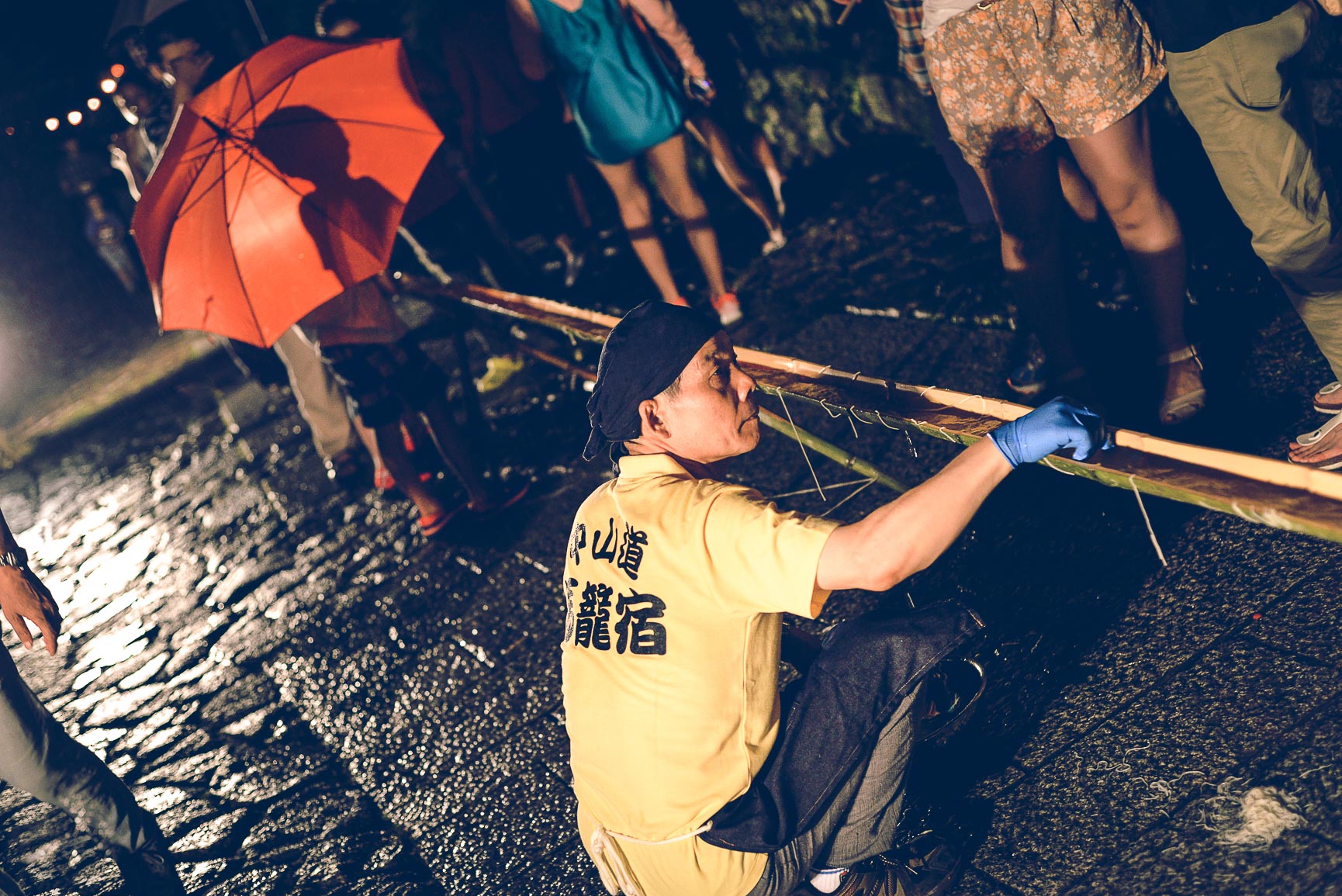
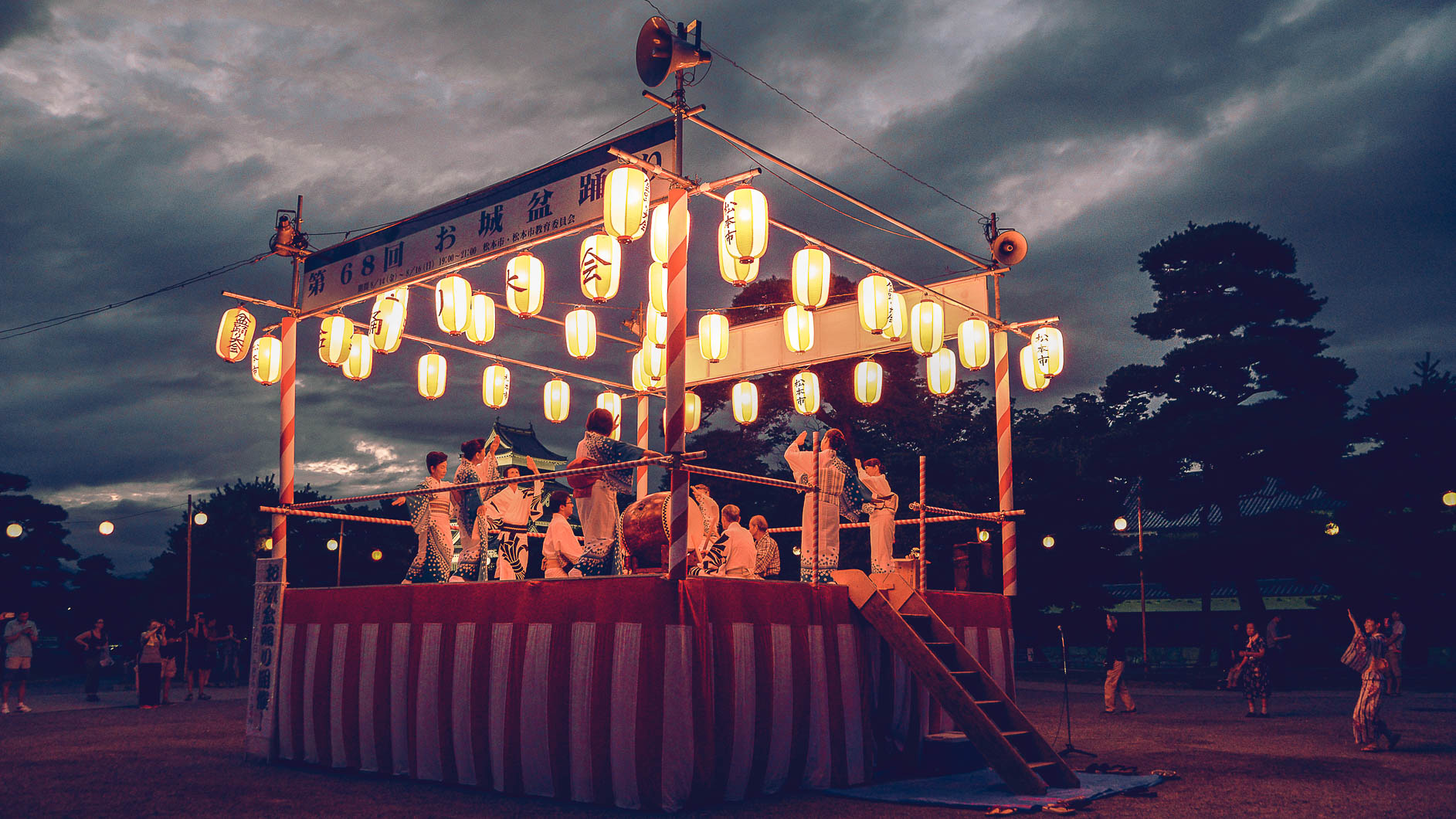
Tokyo: Old Spirits Beneath Neon Skies
Your journey will reach Japan’s ever-evolving capital. Explore Asakusa, with its incense-scented temples and old wooden shops, then lose yourself in the curated chaos of Shibuya or the quiet elegance of Yanaka, a rare slice of pre-war Tokyo.
Morning and night in Tokyo
In the early morning, don’t miss the tuna auction and other parts of the Toyosu fish market. At night, the city glows like a futuristic dream, expecially in every alley of Akihabara, a paradise for tech enthusiasts and pop culture fans alike.
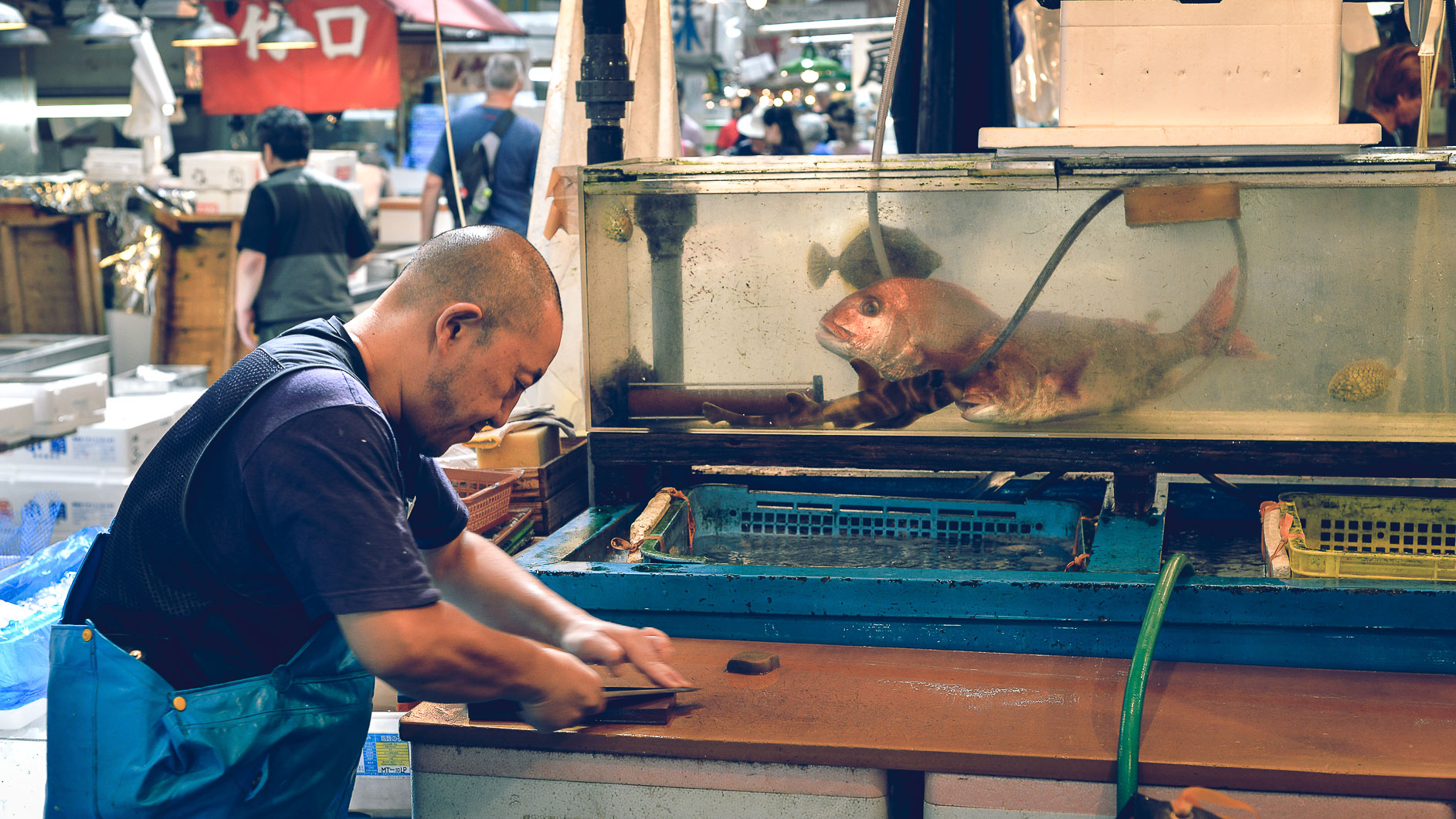
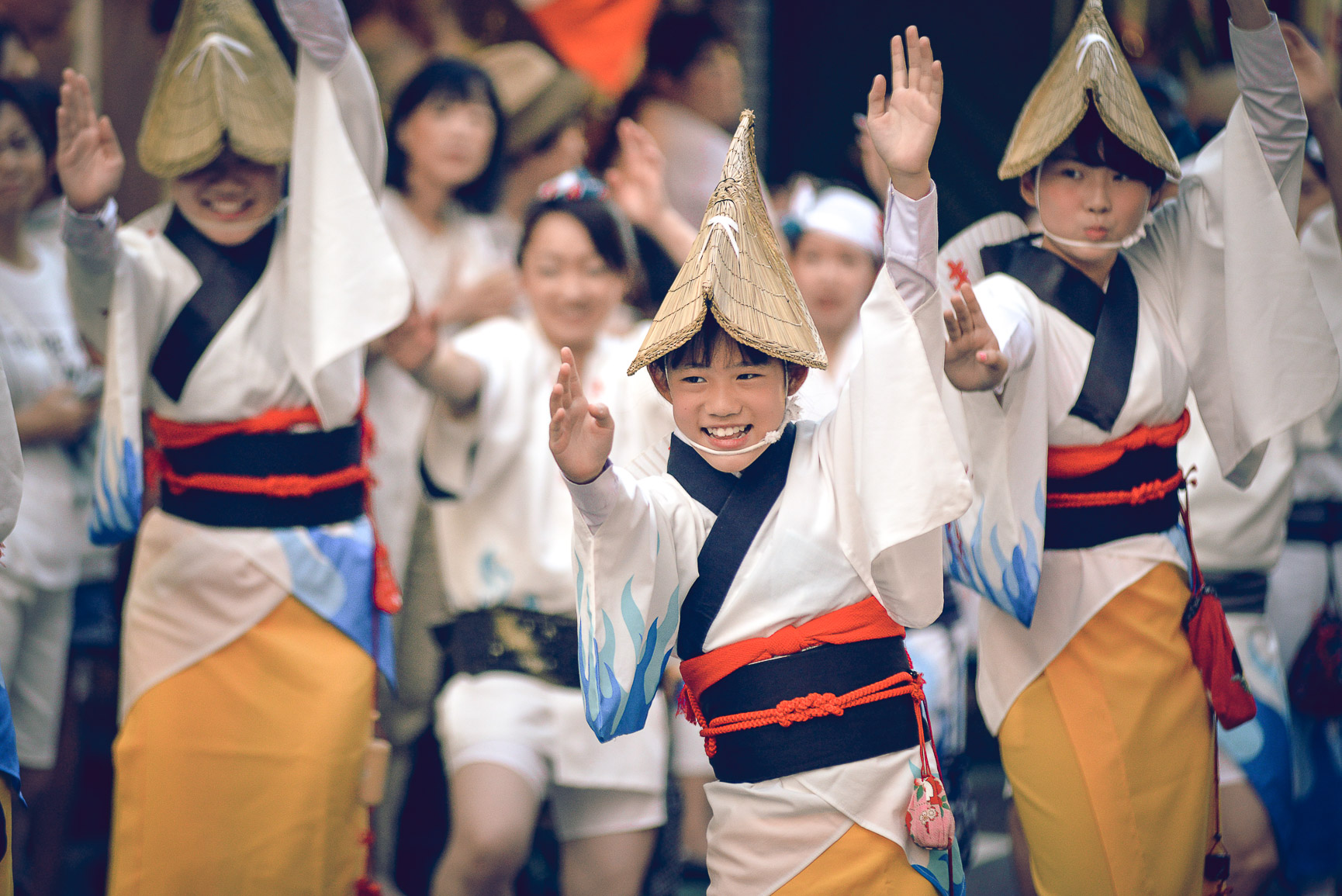
Bon Odori (Bon Festival)
Attend a typiacal japanese “matsuri”, the Japanese word for festivals. It is derived from the verb ‘matsuru’ meaning “to enshrine” deities. Many festivals are closely related to the country’s cultural belief that deities reside in all things. Today, the term ’matsuri’ is used to describe a wide range of celebrations. Bon odori is one of the most important, and it comes from a dance typically performed during the Obon period in mid-August where the Japanese honour the spirits of their ancestors.
Kyoto The Heartbeat of Tradition
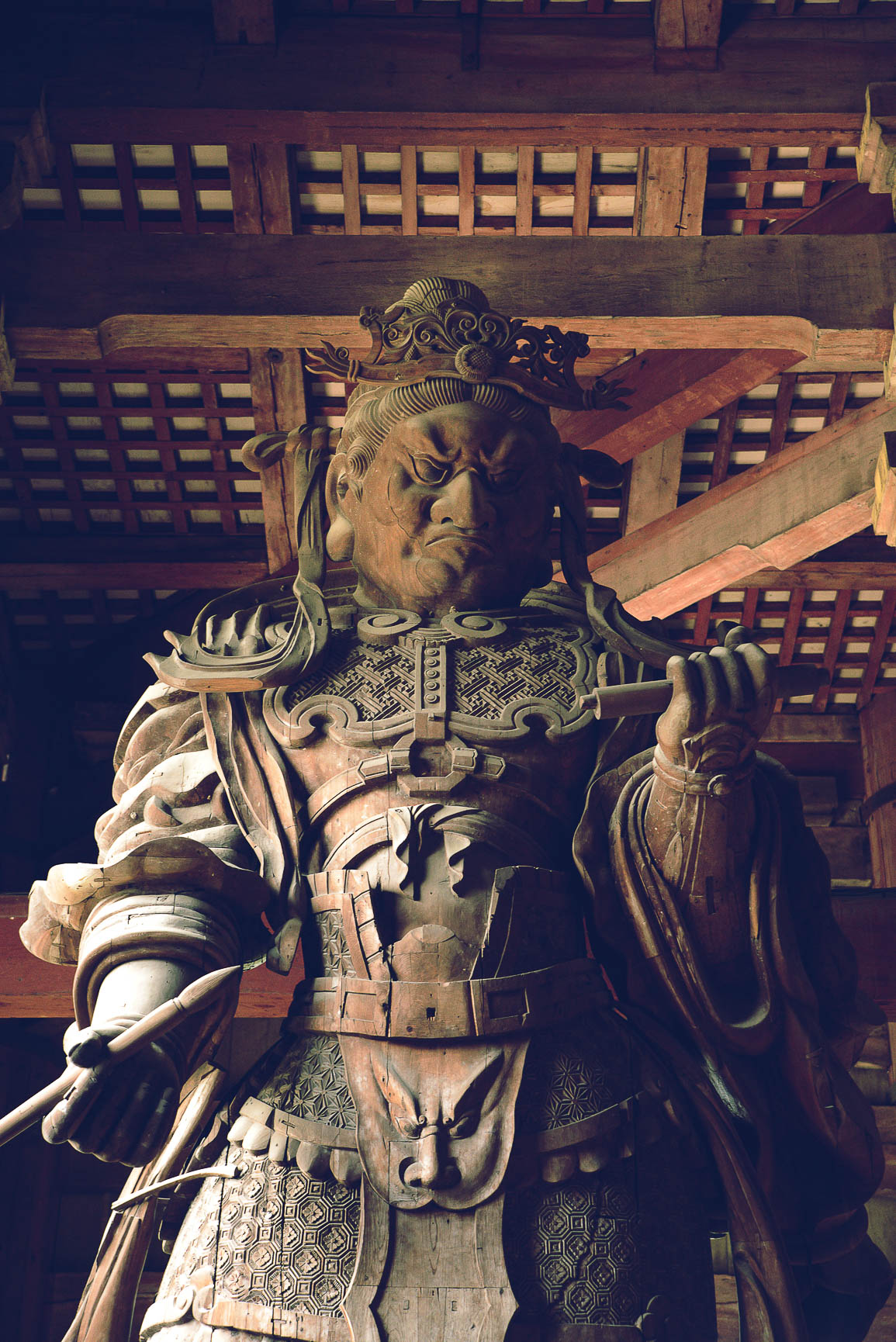
HIGASHIYAMA
Nestled between the Kamo River and the eastern hills, Higashiyama is one of Kyoto’s most atmospheric districts. Stroll the gently sloping streets of Sannenzaka and Ninenzaka. Visit Kiyomizu-dera, perched high above the city, and pause beneath the iconic Yasaka Pagoda.
As evening falls, make your way to nearby Gion, Kyoto’s famous geisha district. Here, lantern-lit alleys and ochaya (teahouses) echo with whispers of elegance and performance; if you’re lucky, you might glimpse a geiko or maiko slipping quietly to an appointment.
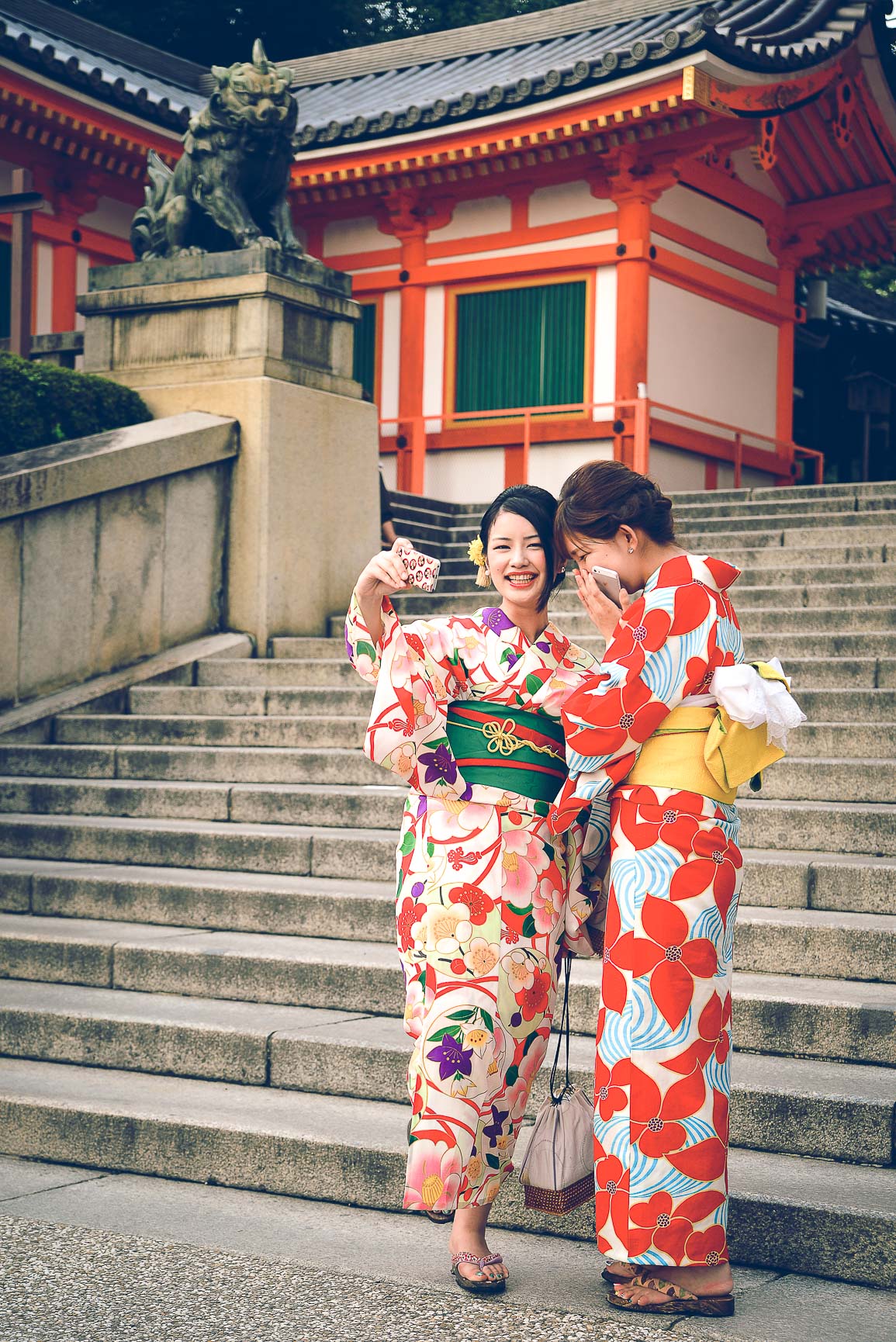
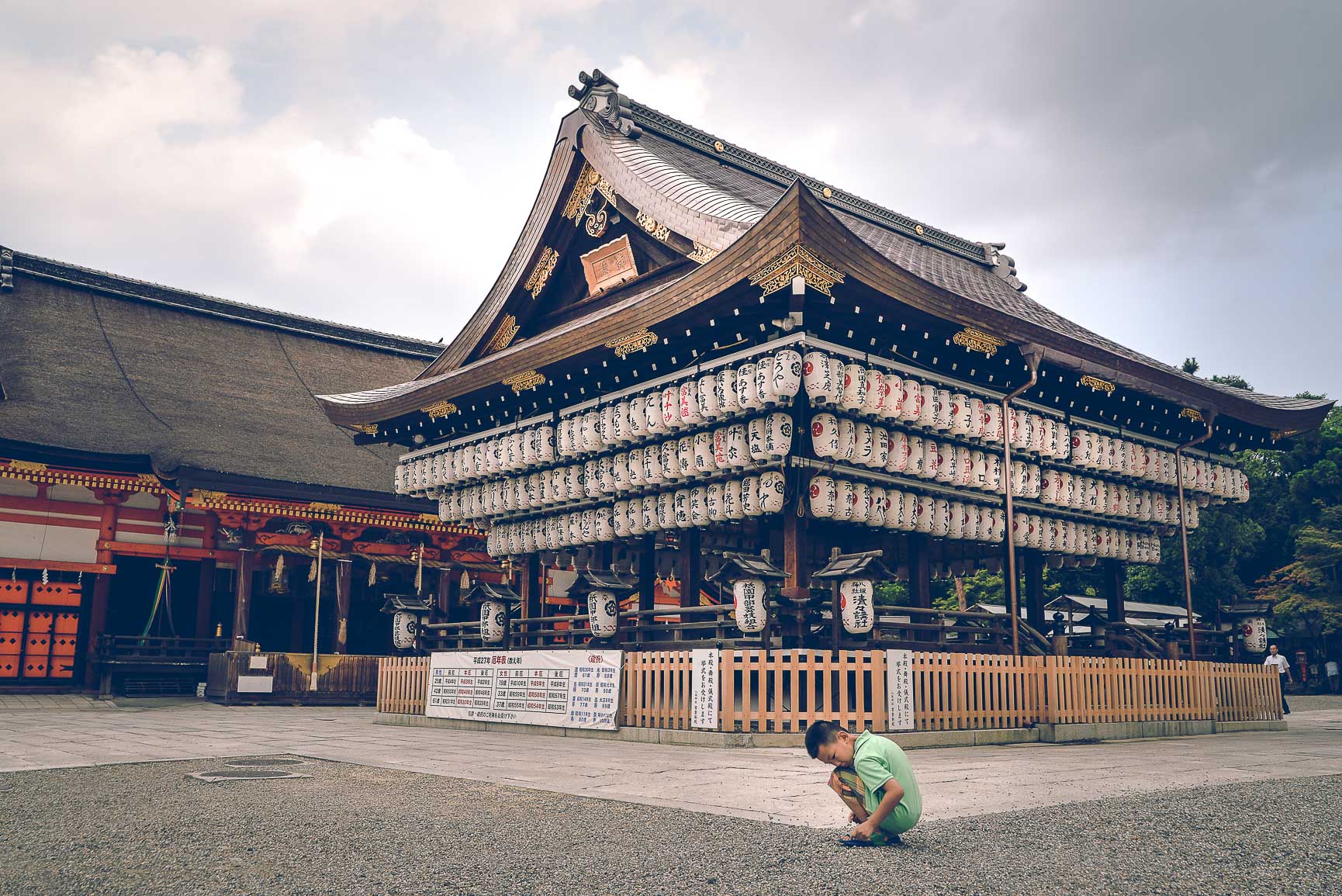
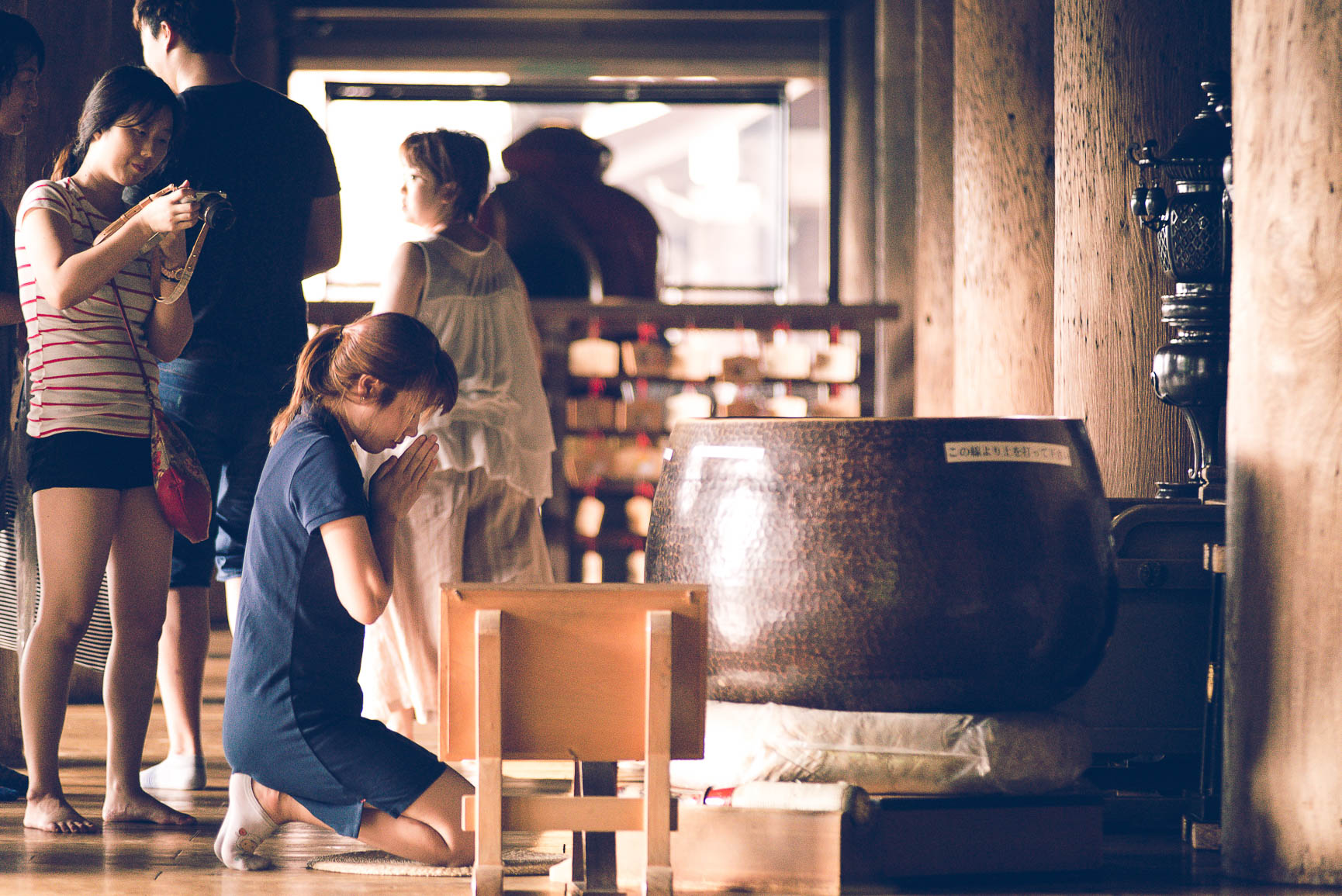
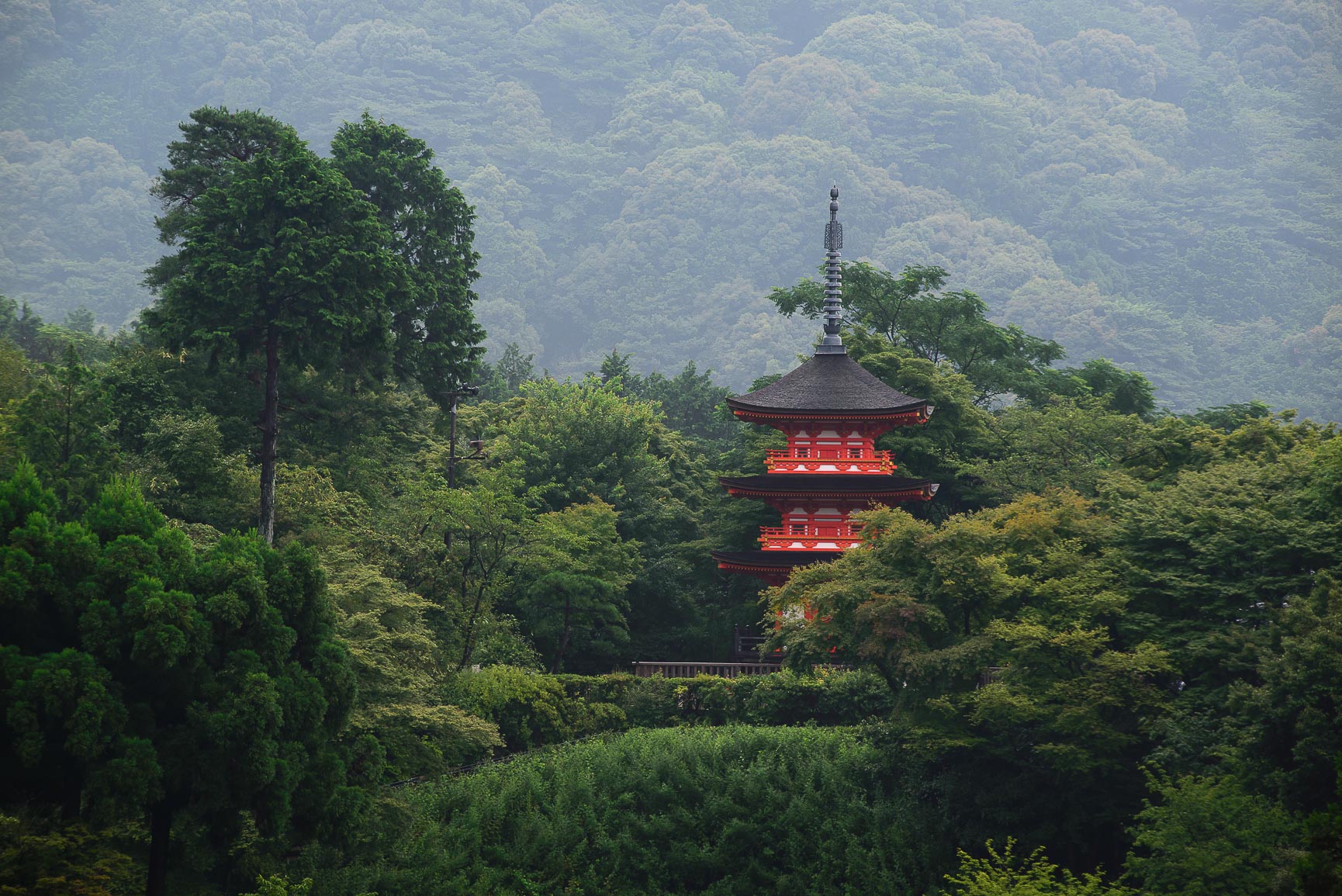
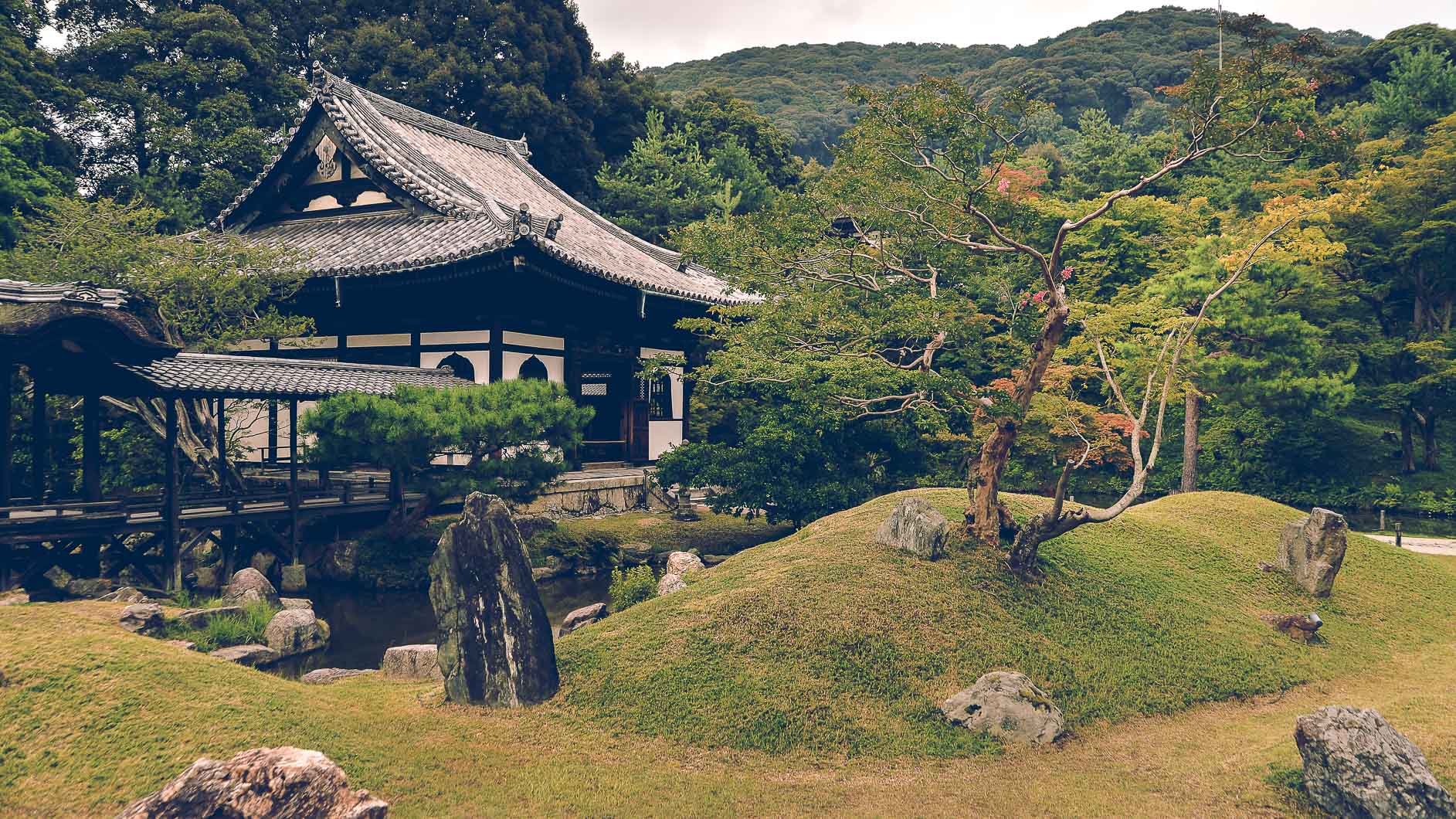
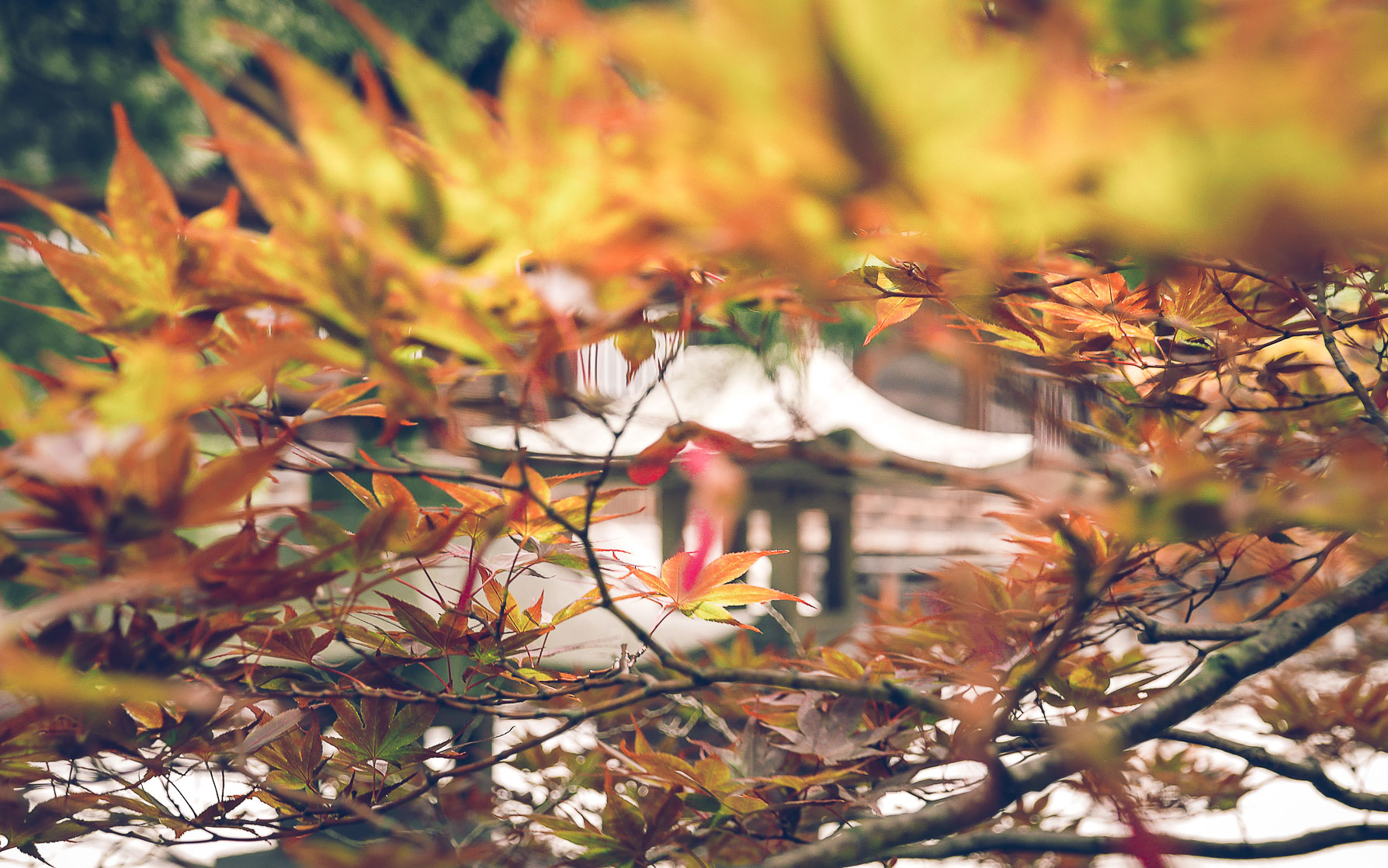
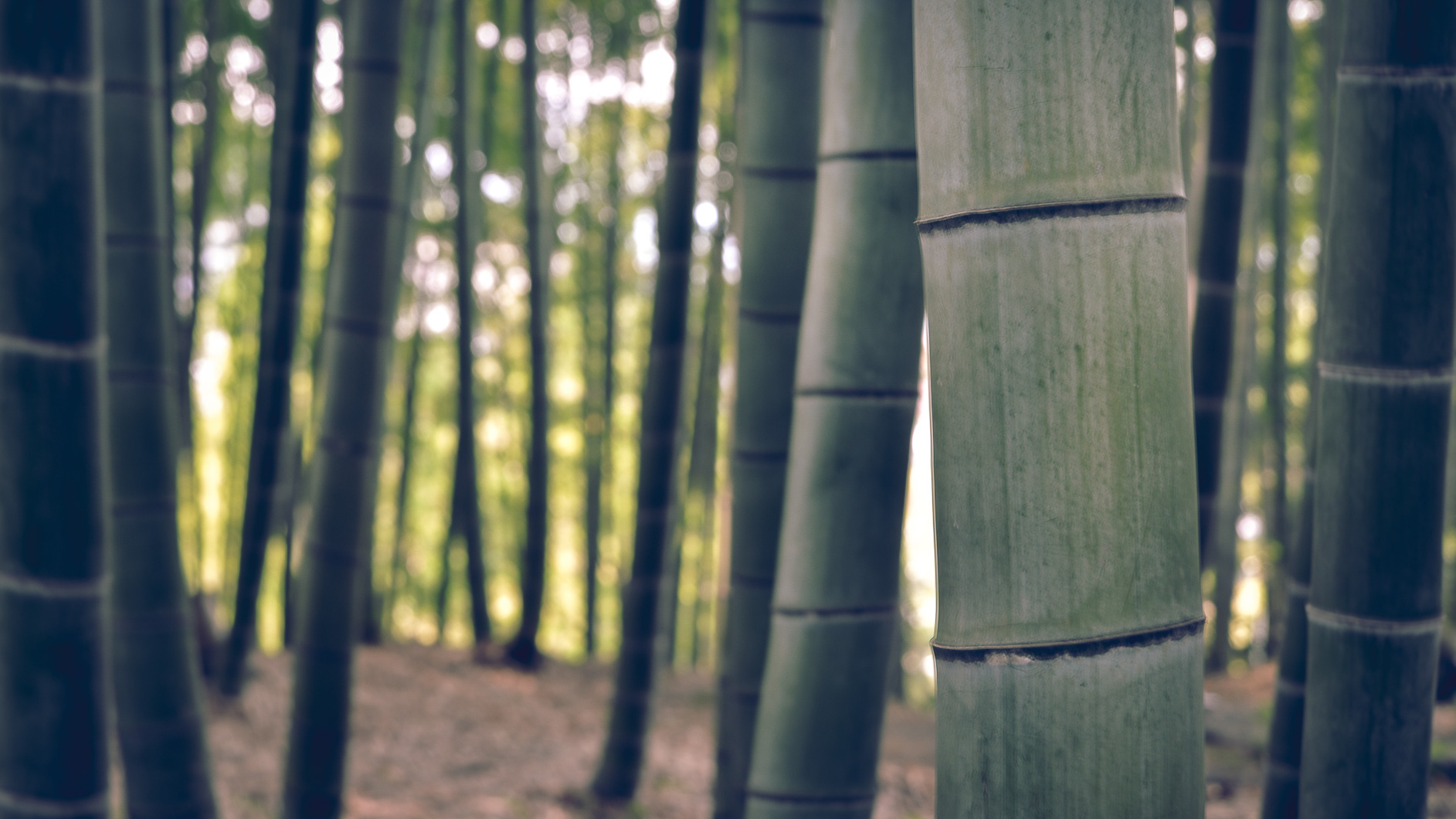
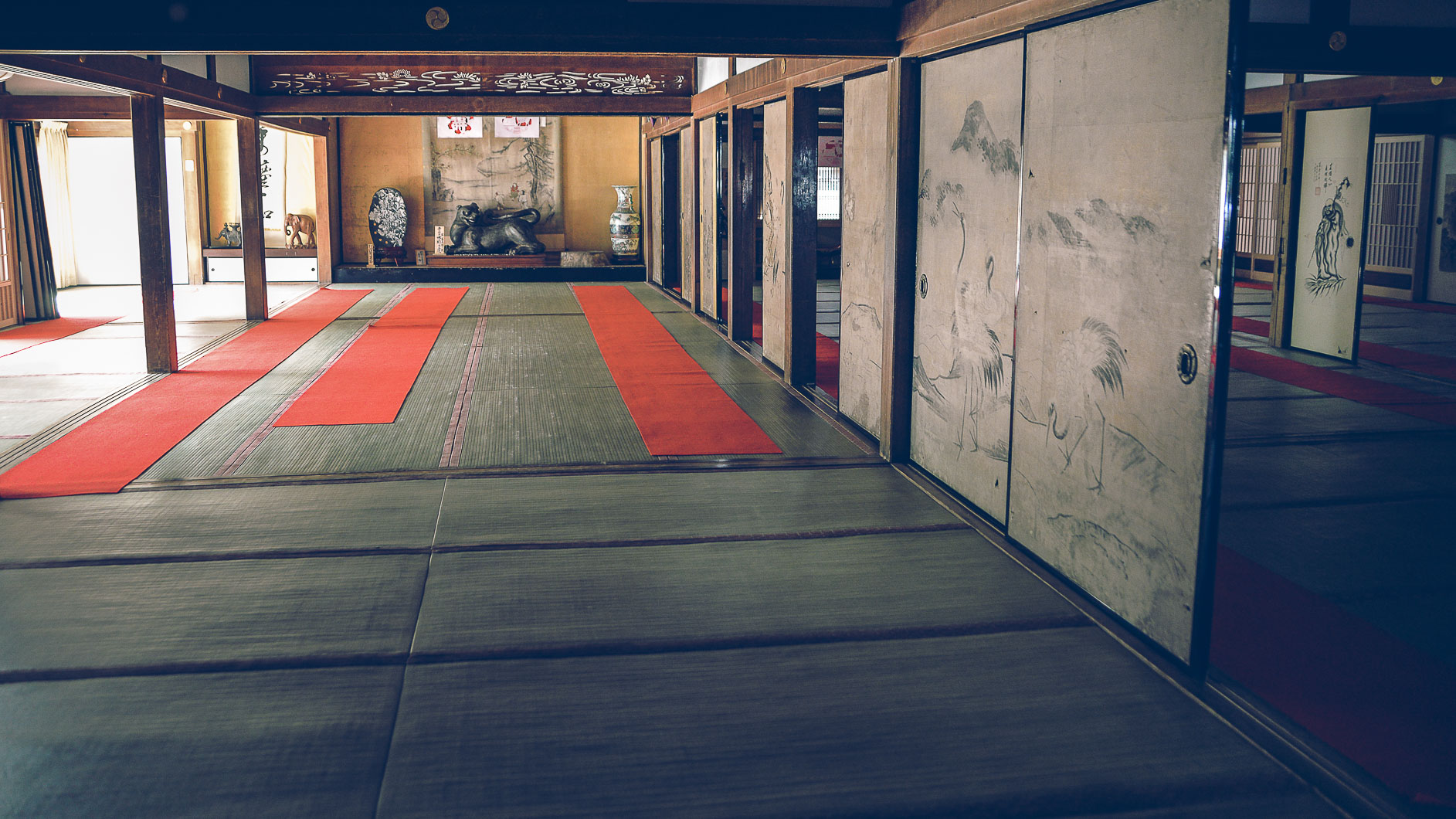
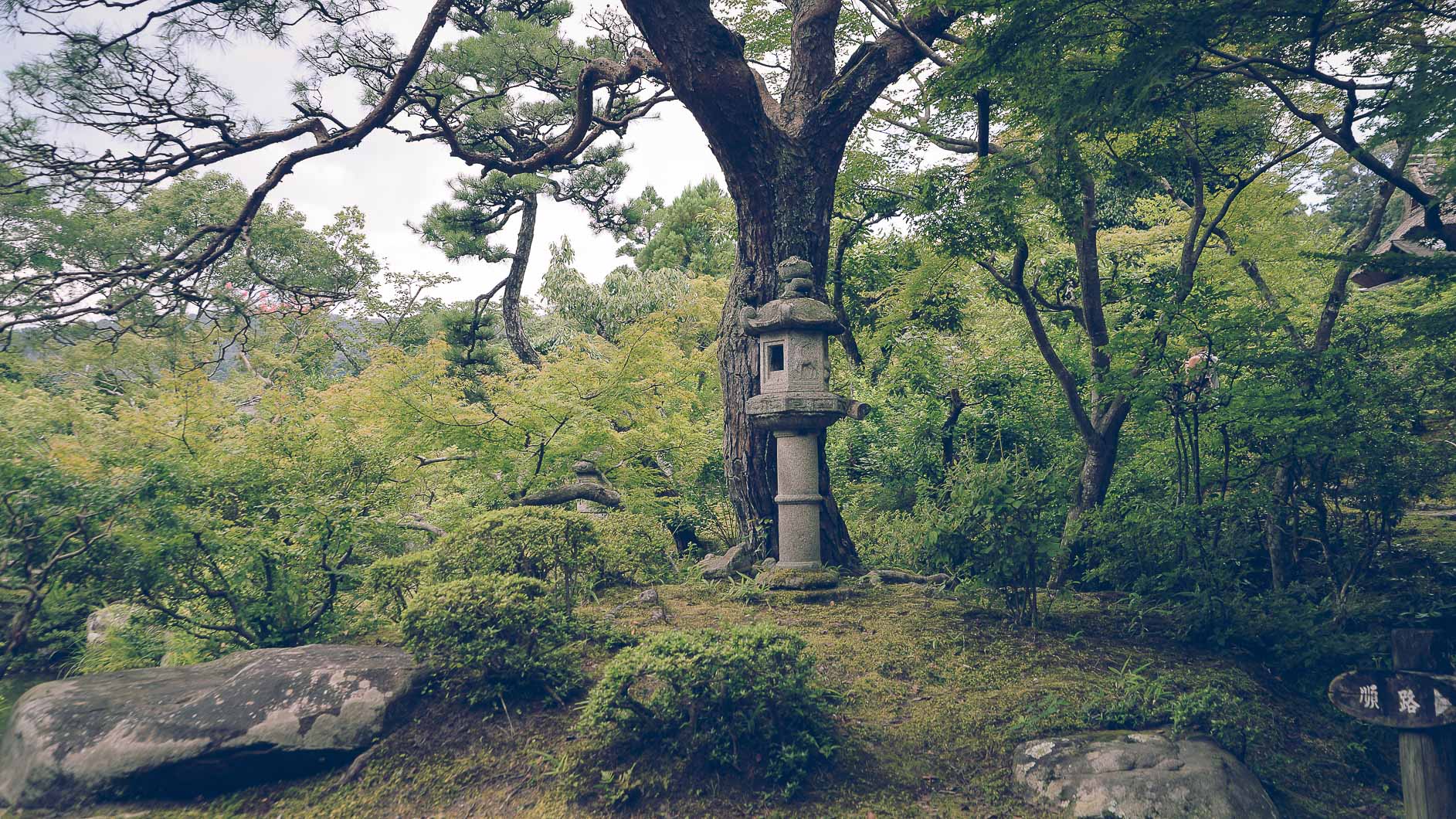
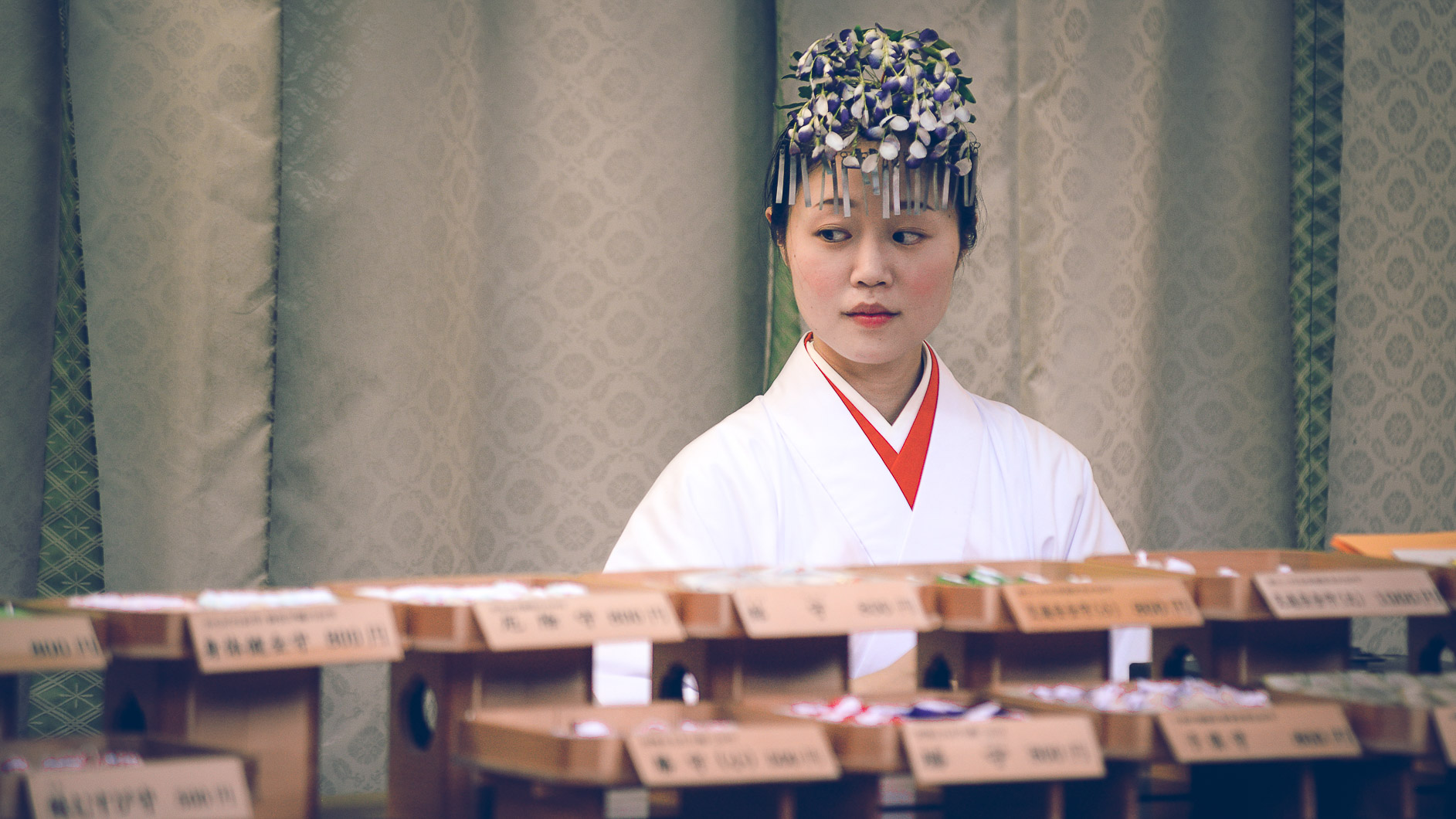
Fushimi Inari
In Kyoto, history isn’t a backdrop,it’s the main stage. Lose yourself in the bamboo groves of Arashiyama, find stillness at Ryoan-ji’s rock garden, or follow the vermilion gates of Fushimi Inari into the mountain mist
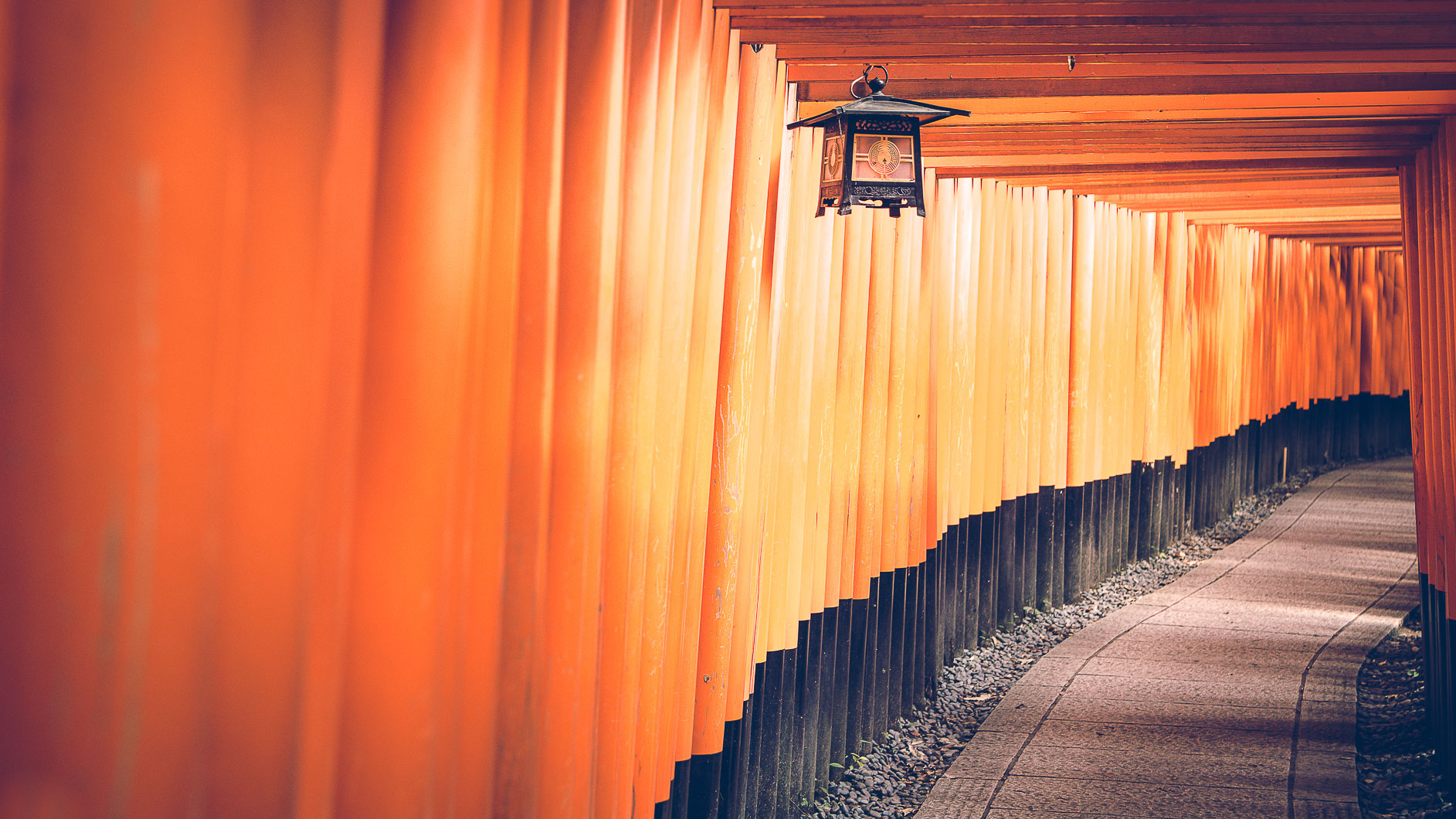
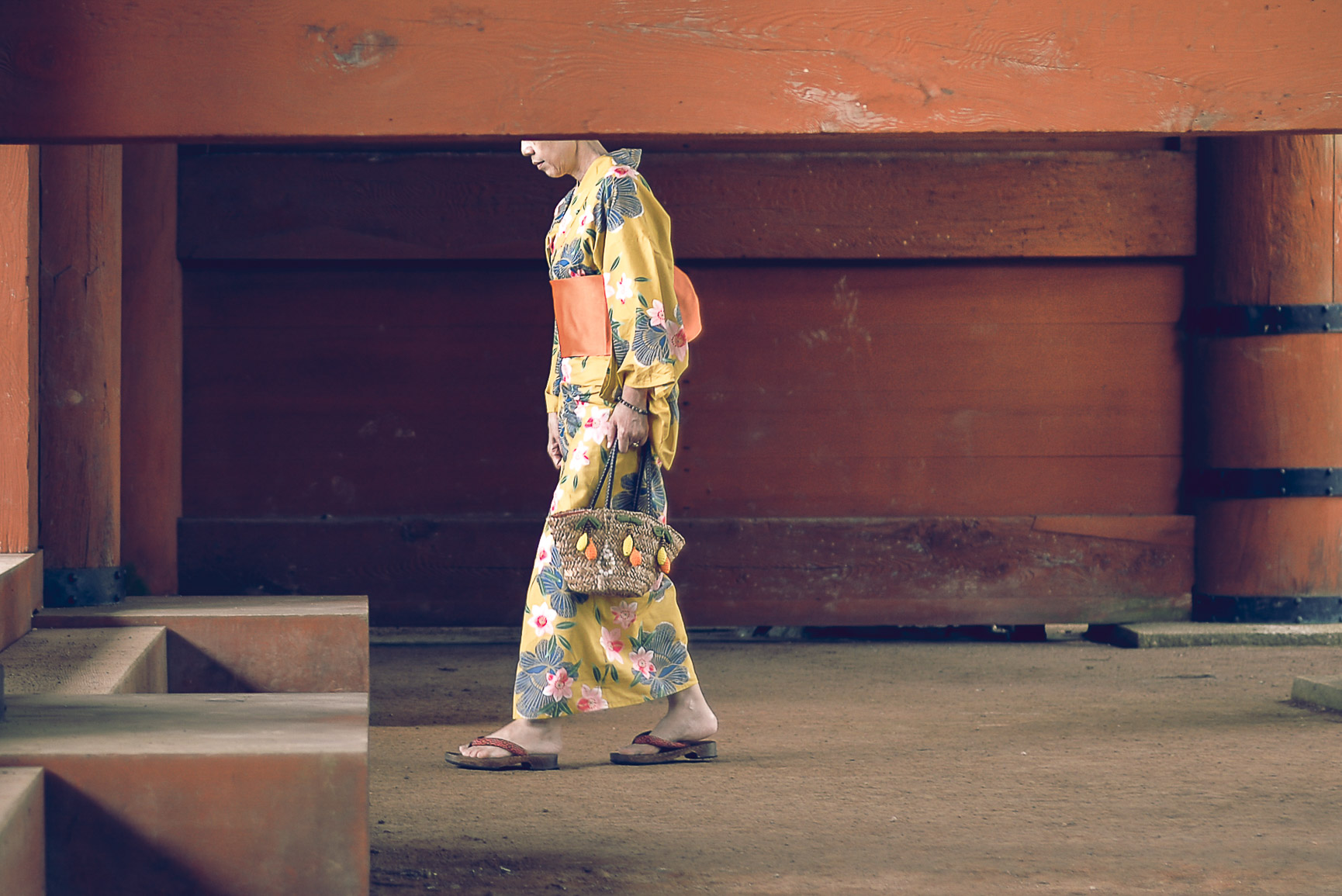
Gion
In Gion, geisha still glide through lantern-lit alleys, and every temple bell seems to call you inward. This is the Japan of dreams and discipline, poetry and precision.
Geisha in Japan: Beyond the Myths of Prostitution
Zen gardens: Ryoan-ji, Nanzen-ji e Daitoku-ji
For those curious about Zen Buddhism, a practice of simplicity, silence, and stillness, Kyoto offers an ideal introduction. Zen gardens, or karesansui, use raked gravel, moss, and stones to evoke landscapes and emotions through abstraction. Among Kyoto’s many Zen temples, Daitoku-ji stands out as a quiet treasure. Founded in 1319 and rebuilt after the ravages of the Ōnin War, this sprawling complex became a key center for the tea ceremony and Zen aesthetics. The temple is closely tied to the legendary tea master Sen no Rikyū and powerful warlords like Oda Nobunaga, whose grave rests in the rarely opened subtemple Sōken-in.
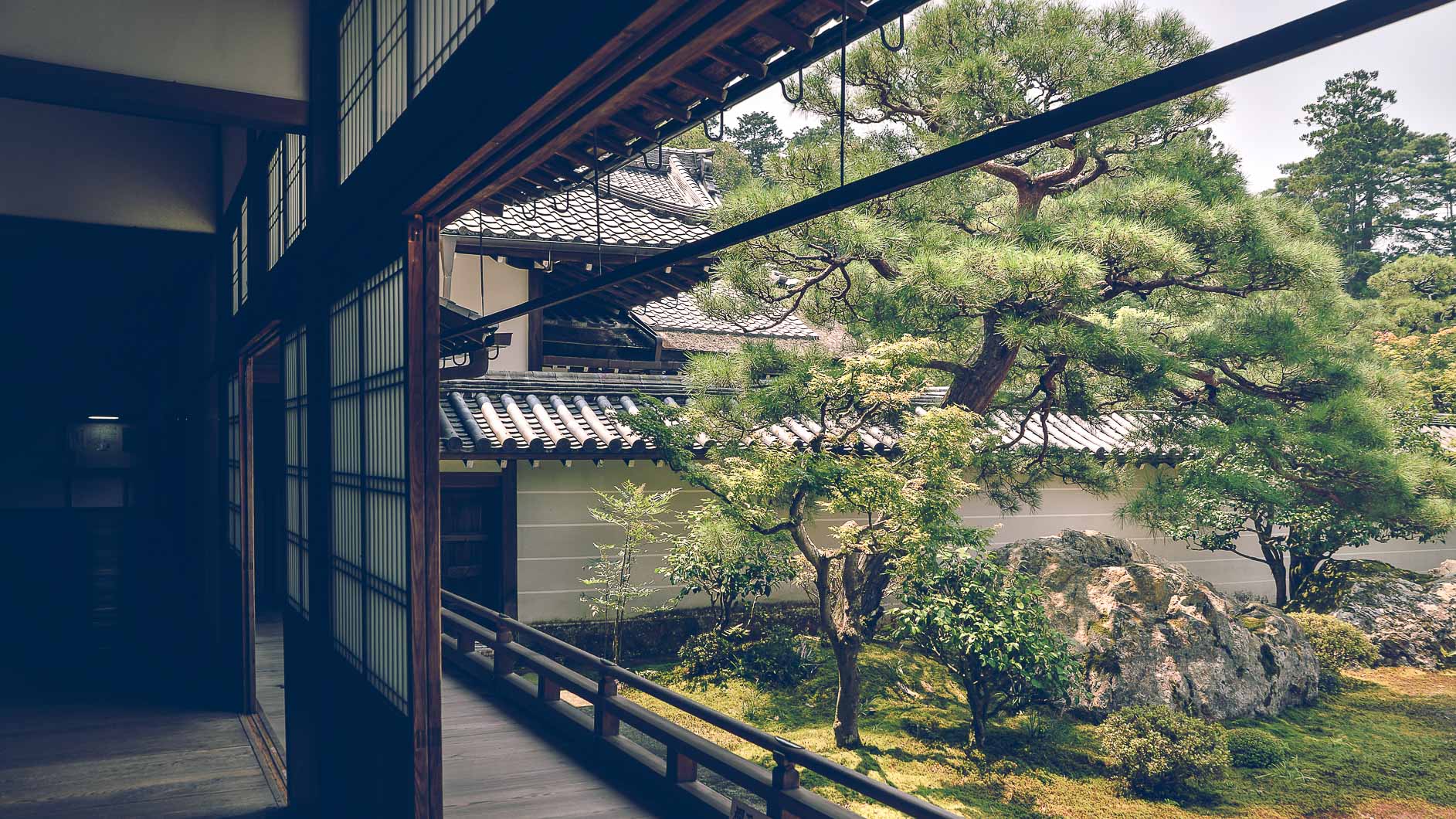
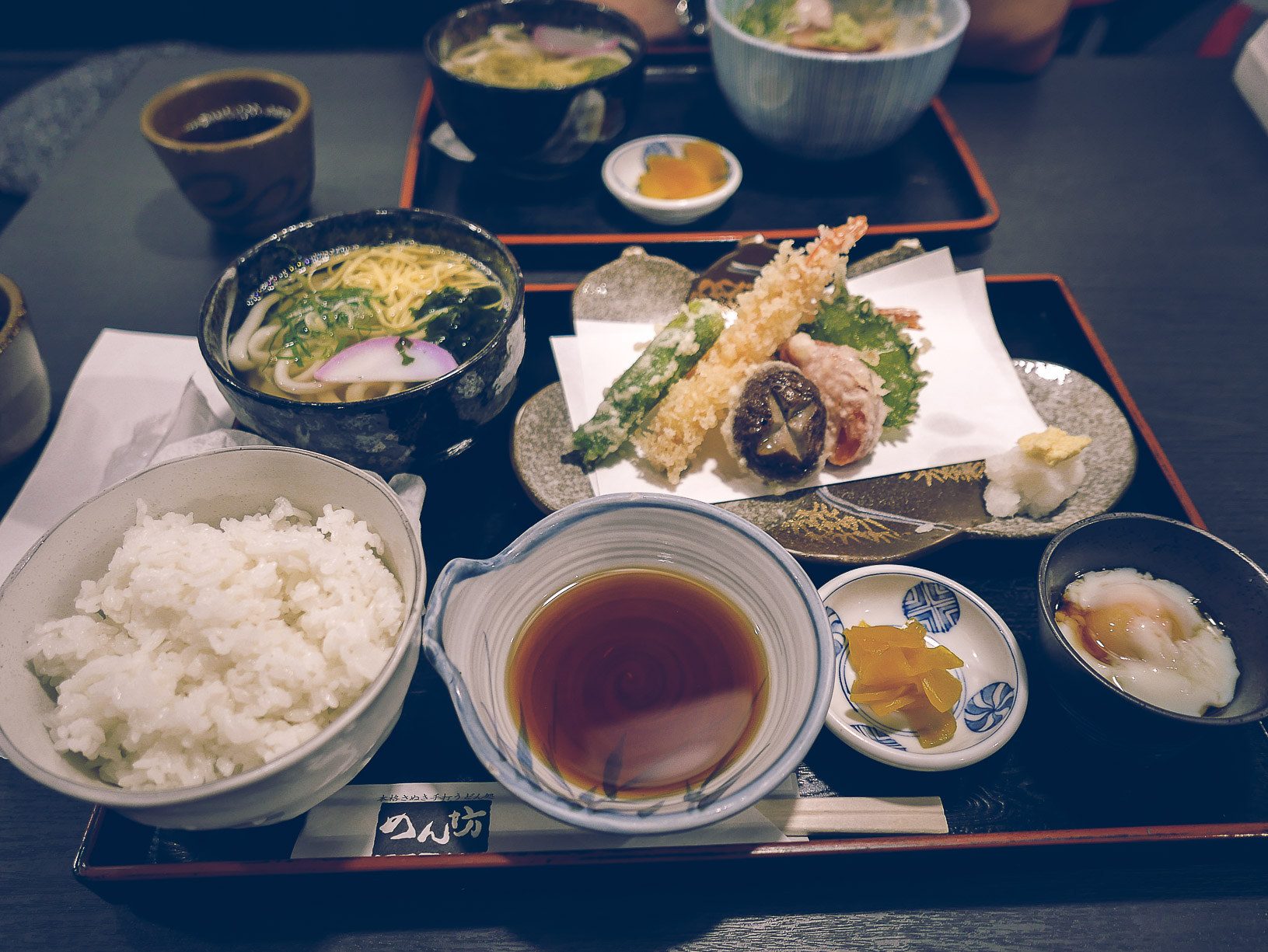
Nishiki Market
Tucked behind the busy shopping streets of central Kyoto, Nishiki Market is a narrow, bustling arcade that’s been feeding the city for centuries. Known as Kyoto’s kitchen, it stretches for five city blocks, packed with over a hundred shops and stalls offering everything from pickled vegetables and fresh tofu to wagashi sweets, matcha treats, skewered seafood, and sizzling street snacks.
But Nishiki is more than a food market, it’s a living museum of Kyoto’s culinary traditions. It’s the perfect place to sample the flavors of Kyoto at your own pace: try a bite of yuba (tofu skin), sip on fragrant tea, or grab a grilled mochi skewer on the go.
Kinkaku-ji, the Golden Pavilion
Few sights capture Kyoto’s poetic beauty like Kinkaku-ji, the Golden Pavilion. Set beside a quiet pond and framed by pines and maples, the temple’s top two floors are covered entirely in gold leaf, glowing brilliantly in sunlight and mirrored in still water. Originally built in the 14th century as a shogun’s villa, it was later converted into a Zen temple and has endured fire, war, and time itself to become one of Japan’s most iconic landmarks.
It symbolizes the fleeting, shimmering nature of beauty in Japanese aesthetics.
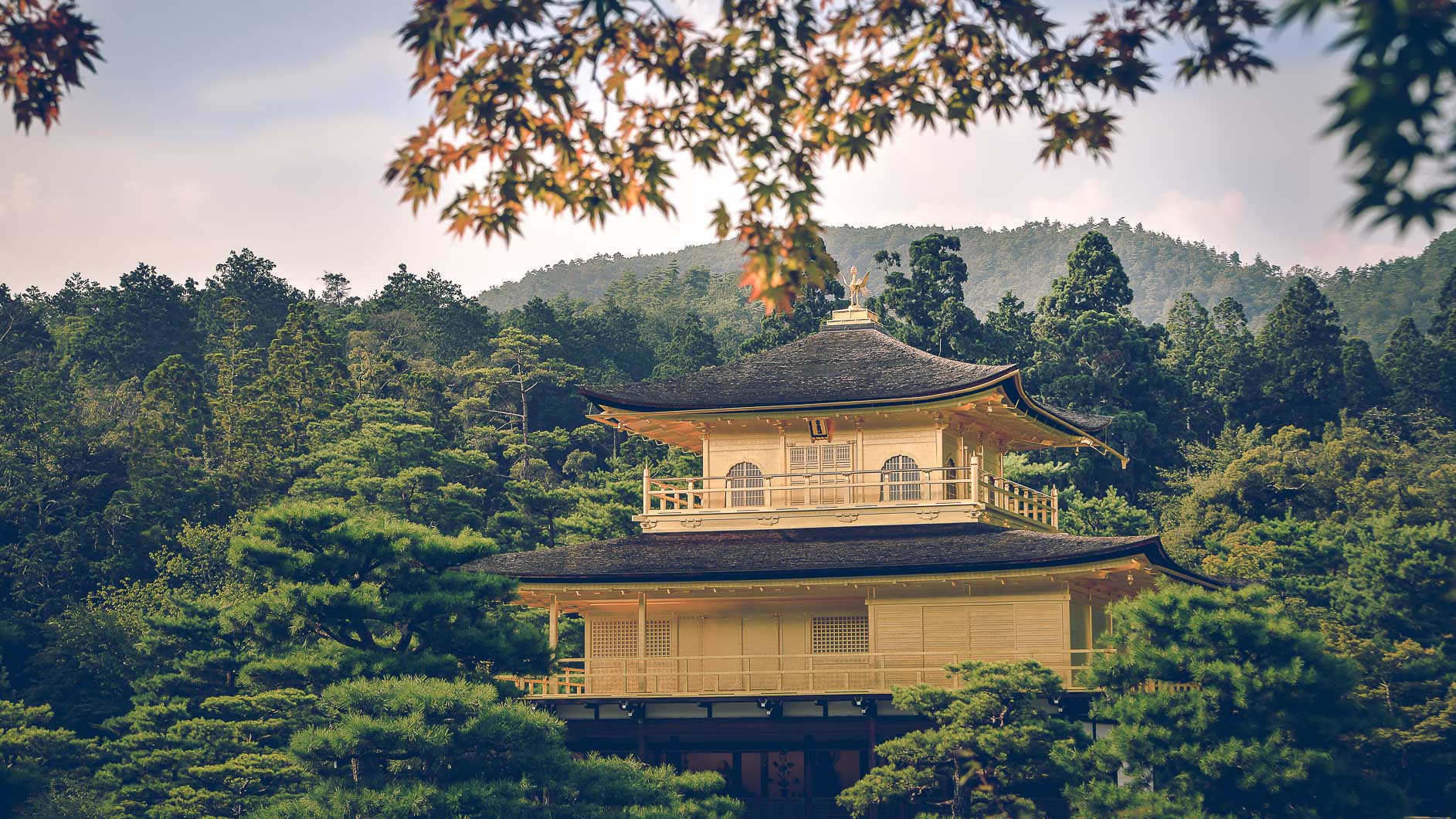
Nara
Just a short train ride from Kyoto, Nara offers timeless calm. Ancient temples rise from wide, open parks where sacred deer roam freely, bowing gently to passing visitors. Visit Tōdai-ji, home to a giant bronze Buddha, and wander through mossy paths where spirituality breathes in every stone.
Koyosan
High in the forested mountains, Kōyasan is a spiritual sanctuary. Stay overnight in a shukubō (temple lodging), eat shōjin ryōri (Buddhist vegan cuisine), and rise before dawn for chanting rituals. Wander through Okunoin Cemetery, where lanterns flicker like stars between cedar trees, marking the graves of warriors, poets, and pilgrims. It’s a moment of quiet transcendence you’ll never forget.
Hiroshima
Is a city that carries sorrow and resilience in equal measure. Yet Hiroshima is not defined by its past alone. The city is vibrant and forward-looking. Enjoy the Shukkeien Garden, and the old Hiroshima Castle.
Miyajima Island
Just offshore, Miyajima Island offers a gentler pace, with its floating torii gate, wild deer, and forested trails leading to hidden shrines. Miyajima, officially called Itsukushima, is a small island located in the Seto Inland Sea, about 15 km from Hiroshima city. It’s famous worldwide for its stunning floating torii gate of the Itsukushima Shrine, one of Japan’s most iconic and photographed sights.
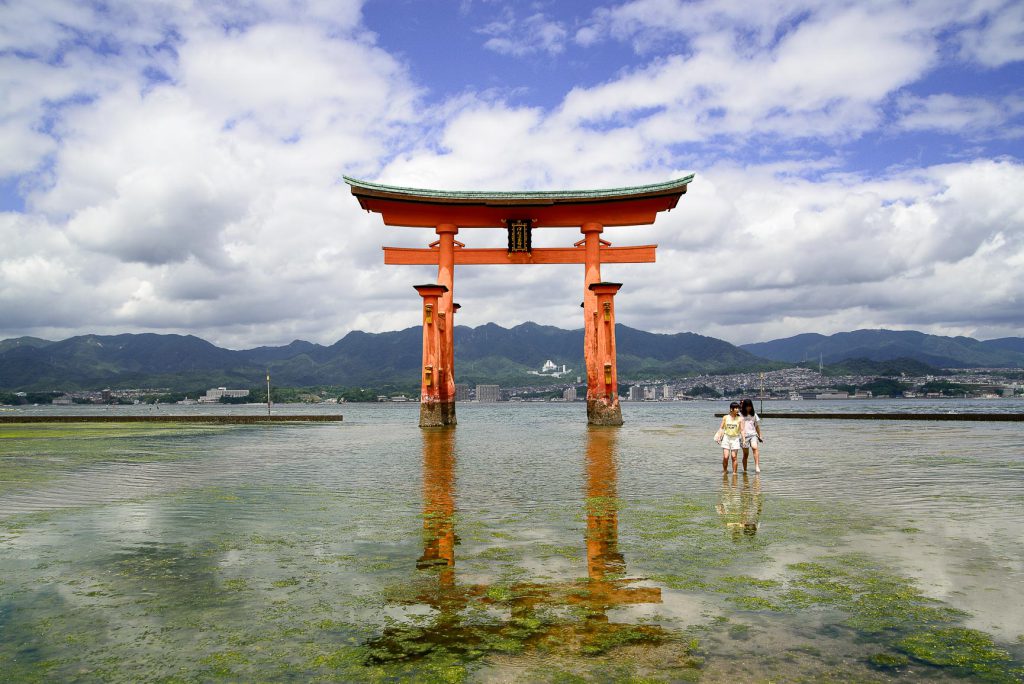
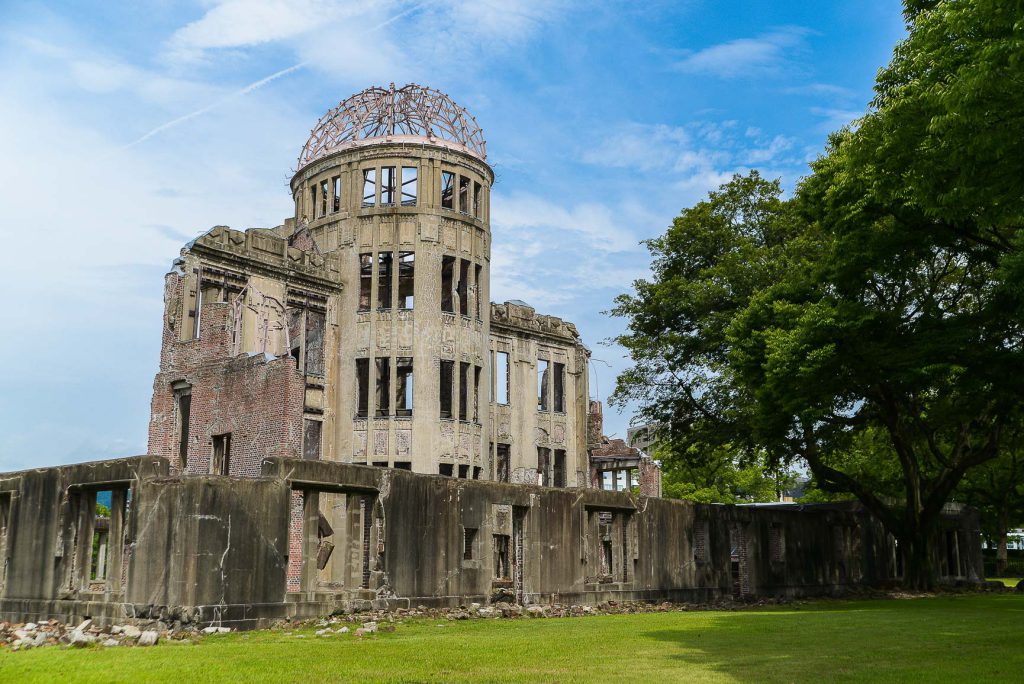
Peace Memorial Park
Peace Memorial Park lies at the heart of the city, a tranquil space filled with greenery, monuments, and reflection pools. At its center stands the haunting shell of the Atomic Bomb Dome, preserved exactly as it stood after the explosion. Walking through the Peace Memorial Museum, you are invited not just to learn, but to feel. The exhibits are a moving tribute to the victims, and a powerful call for a future without nuclear weapons.
Osaka
Rising above the trees and modern skyline, Osaka Castle is a symbol of ambition, resilience, and unification. Originally built in the late 16th century by Toyotomi Hideyoshi, one of Japan’s great unifiers, the castle once stood as the largest and most formidable in the country. Though it has been destroyed and rebuilt several times, today’s structure—restored in the 20th century—is a faithful homage to its powerful past.
Inside, the museum tells the dramatic story of Hideyoshi’s rise from peasant to ruler and the turbulent wars that reshaped Japan.
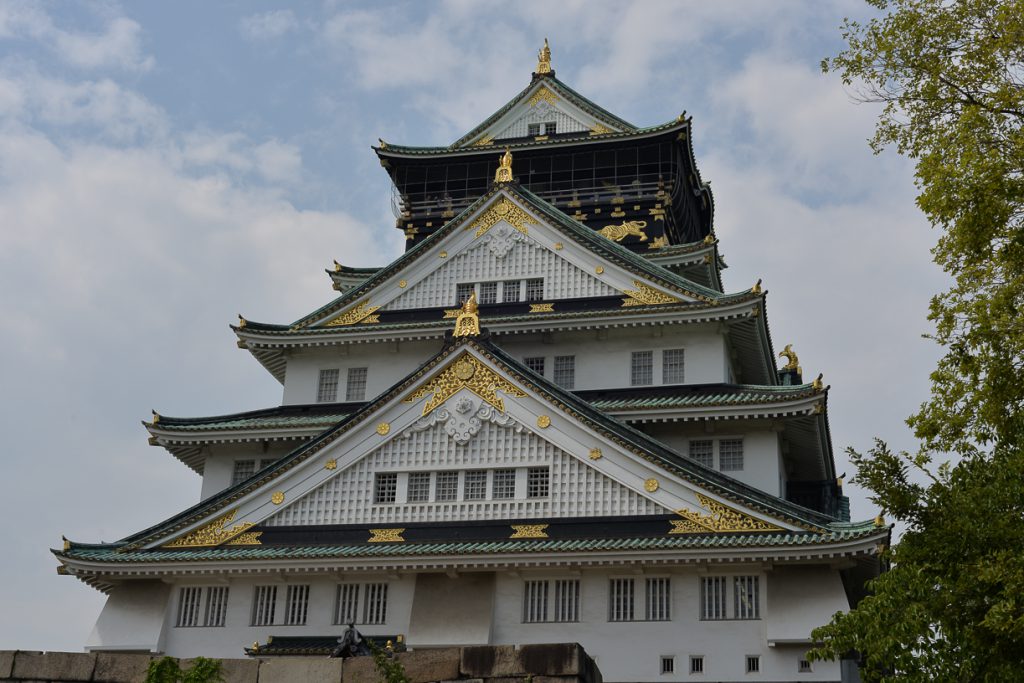
Dotonbori
End your journey in Osaka, the lively, food-loving heart of Kansai. Wander through Dotonbori’s glowing canals and try takoyaki straight from a sizzling pan. It’s a city that welcomes you like an old friend, bold, warm, and full of life.
japan travel video
